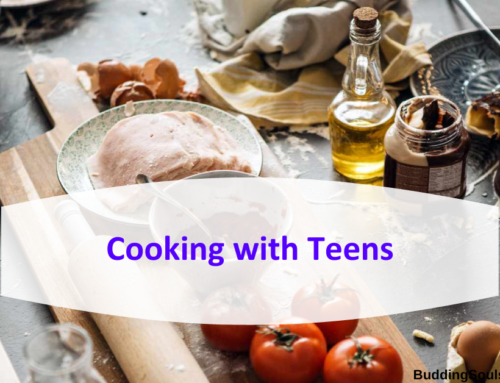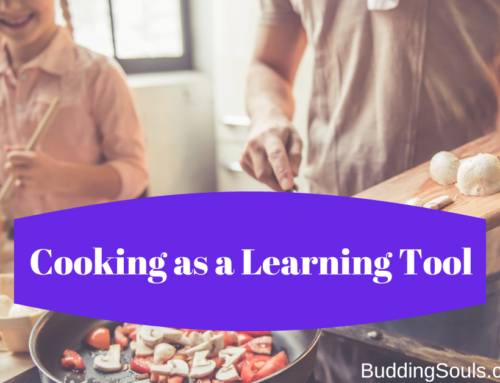Teaching Kitchen Safety: A Guide for Cooking with Young Children
Cooking with young children can be a fun and educational experience for both parents and kids. It’s an opportunity to bond, teach valuable life skills, and introduce them to the joys of preparing delicious meals. However, safety in the kitchen should always be a top priority. In this guide, we’ll explore the importance of teaching kitchen safety to young children and provide essential tips to ensure a safe and enjoyable cooking experience.
Why Teach Kitchen Safety?
Before you embark on culinary adventures with your little ones, it’s crucial to understand why teaching kitchen safety is paramount:
1. Prevent Accidents
The kitchen is filled with potential hazards, from hot surfaces and sharp utensils to boiling water and open flames. Teaching children about these dangers helps prevent accidents and injuries.
2. Instill Lifelong Skills
Cooking is a fundamental life skill, and learning to do it safely at a young age can set the stage for a lifetime of confident and competent cooking.
3. Foster Independence
Kitchen safety lessons empower children to take on age-appropriate tasks in the kitchen, fostering independence and self-reliance.
4. Create Positive Memories
Cooking together can be a cherished family tradition. Teaching kitchen safety ensures that these experiences are filled with happy memories rather than mishaps.
Essential Tips for Teaching Kitchen Safety
Now that we understand the importance of kitchen safety, let’s dive into some practical tips for cooking with young children:
1. Start with Basic Hygiene
Before handling any food, teach your children the importance of washing their hands thoroughly with soap and warm water. Explain that clean hands help prevent the spread of germs and keep the food safe to eat.
2. Supervision is Key
Never leave young children unattended in the kitchen, especially when stovetops or ovens are in use. Keep a close eye on them at all times to ensure their safety.
3. Age-Appropriate Tasks
Assign age-appropriate tasks to your children. For example, younger kids can wash vegetables, stir ingredients, or set the table, while older children can handle chopping (under close supervision) and operating kitchen appliances.
4. Teach Proper Tool Use
Demonstrate how to use kitchen tools and utensils safely. Show them the correct way to hold a knife, how to use oven mitts when handling hot pans, and the importance of turning pot handles away from the stove’s edge to prevent accidental spills.
5. Explain Fire Safety
Discuss the dangers of open flames and hot surfaces. Teach your children to respect the stove, oven, and toaster and explain that these appliances should only be operated by adults.
6. Safety Equipment
Keep a well-stocked first-aid kit in the kitchen in case of minor accidents. Ensure that your kitchen is equipped with working smoke detectors and a fire extinguisher.
7. Stay Organized
A clutter-free kitchen is a safer kitchen. Encourage your children to clean up as they go, putting away ingredients and washing dishes to prevent slips and trips.
8. Use Child-Safe Equipment
Consider child-friendly kitchen tools designed for little hands, such as kid-safe knives and cutting boards. These tools can make it easier for children to participate safely.
9. Teach About Food Allergies
If anyone in your family has food allergies, educate your children about the allergens and the importance of avoiding cross-contamination. Stress the significance of reading ingredient labels carefully.
Cooking with Confidence
Teaching kitchen safety to young children is an investment in their well-being and culinary education. As they grow, they will develop essential life skills and a deep appreciation for the importance of safety in the kitchen. With patience, supervision, and age-appropriate tasks, you can create wonderful family memories while instilling a lifelong love for cooking and the confidence to do it safely. So, roll up your sleeves, put on those aprons, and embark on a culinary journey with your little ones—it’s a recipe for a happy and safe cooking experience!





